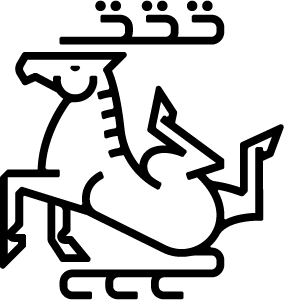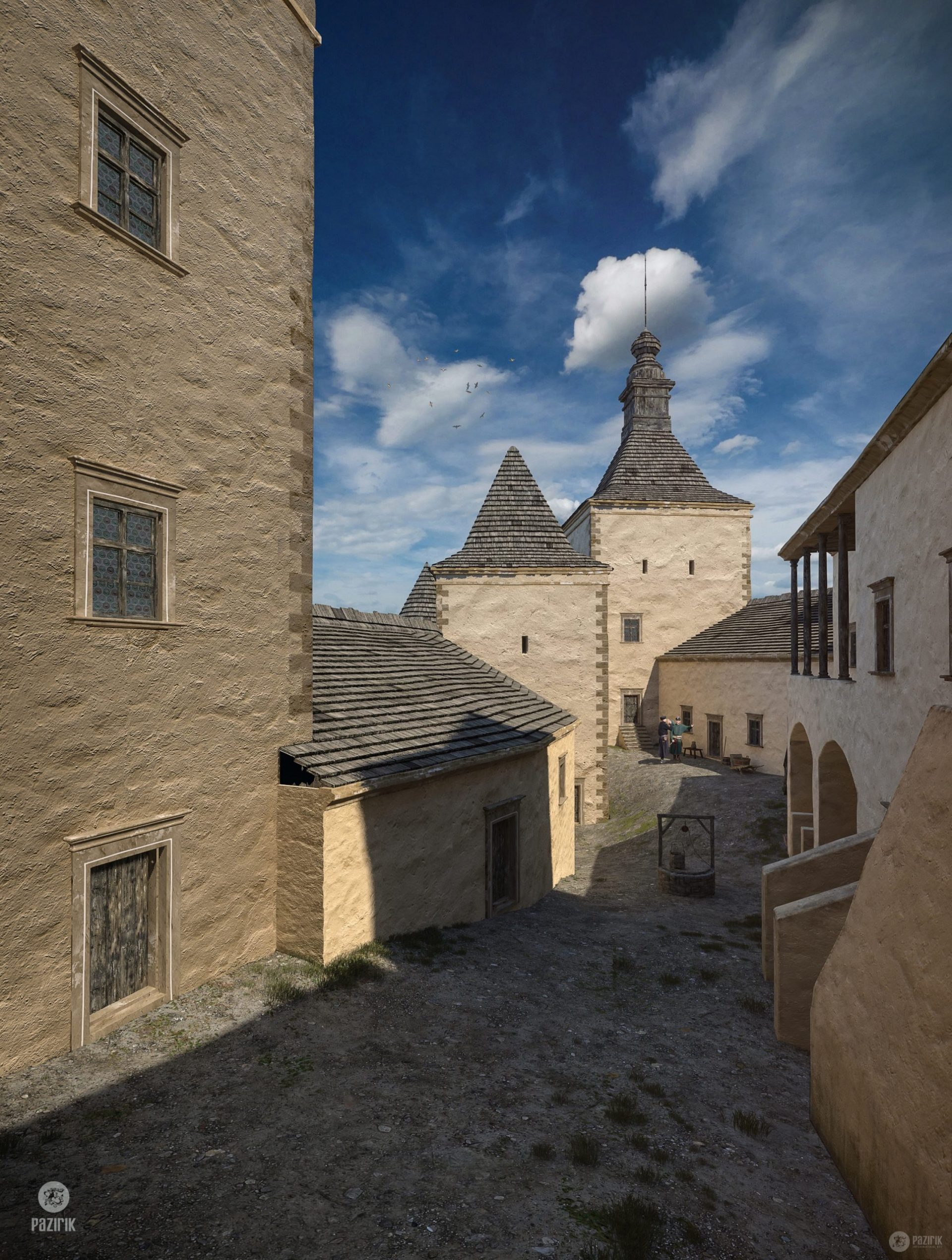
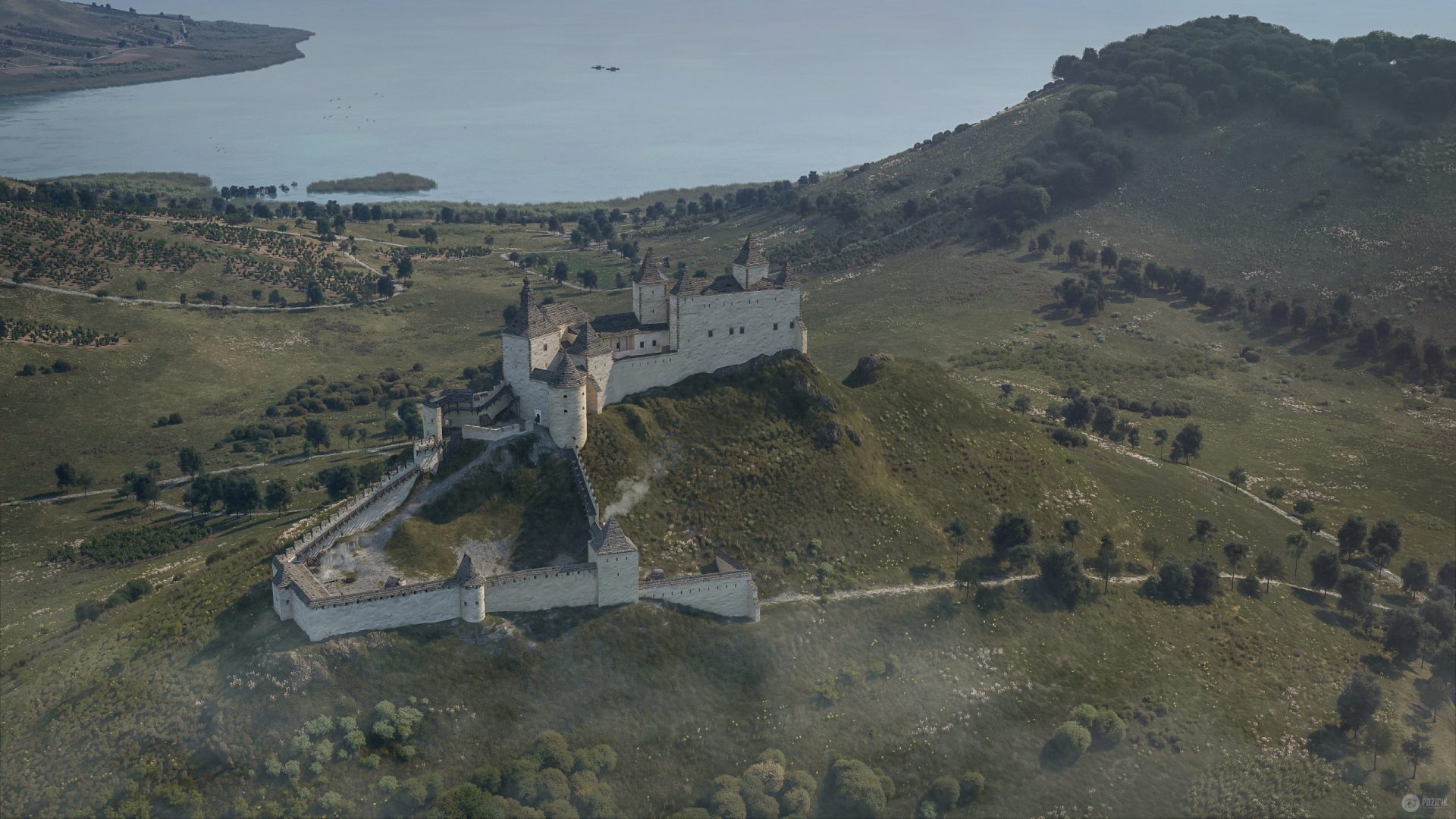
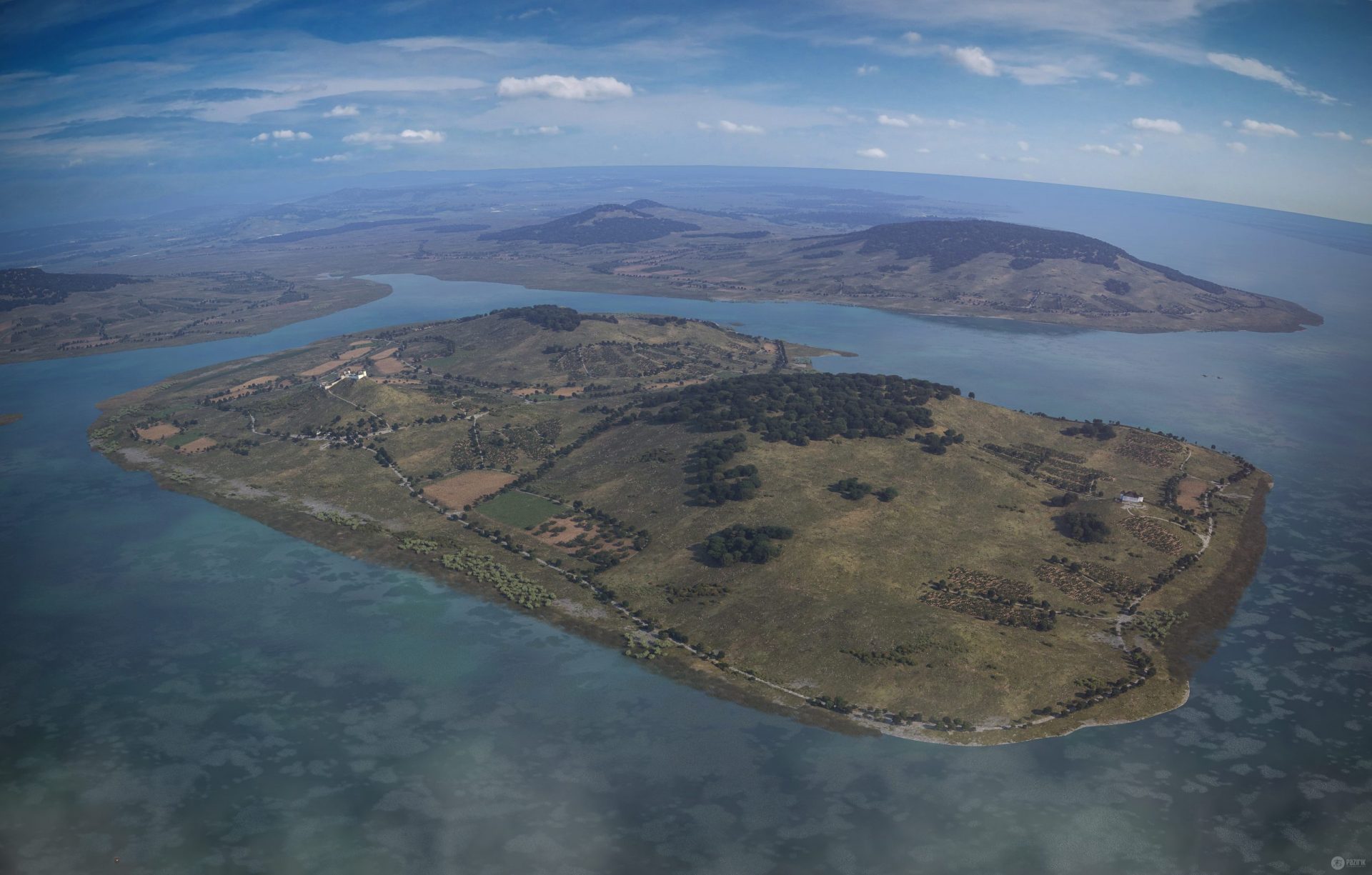
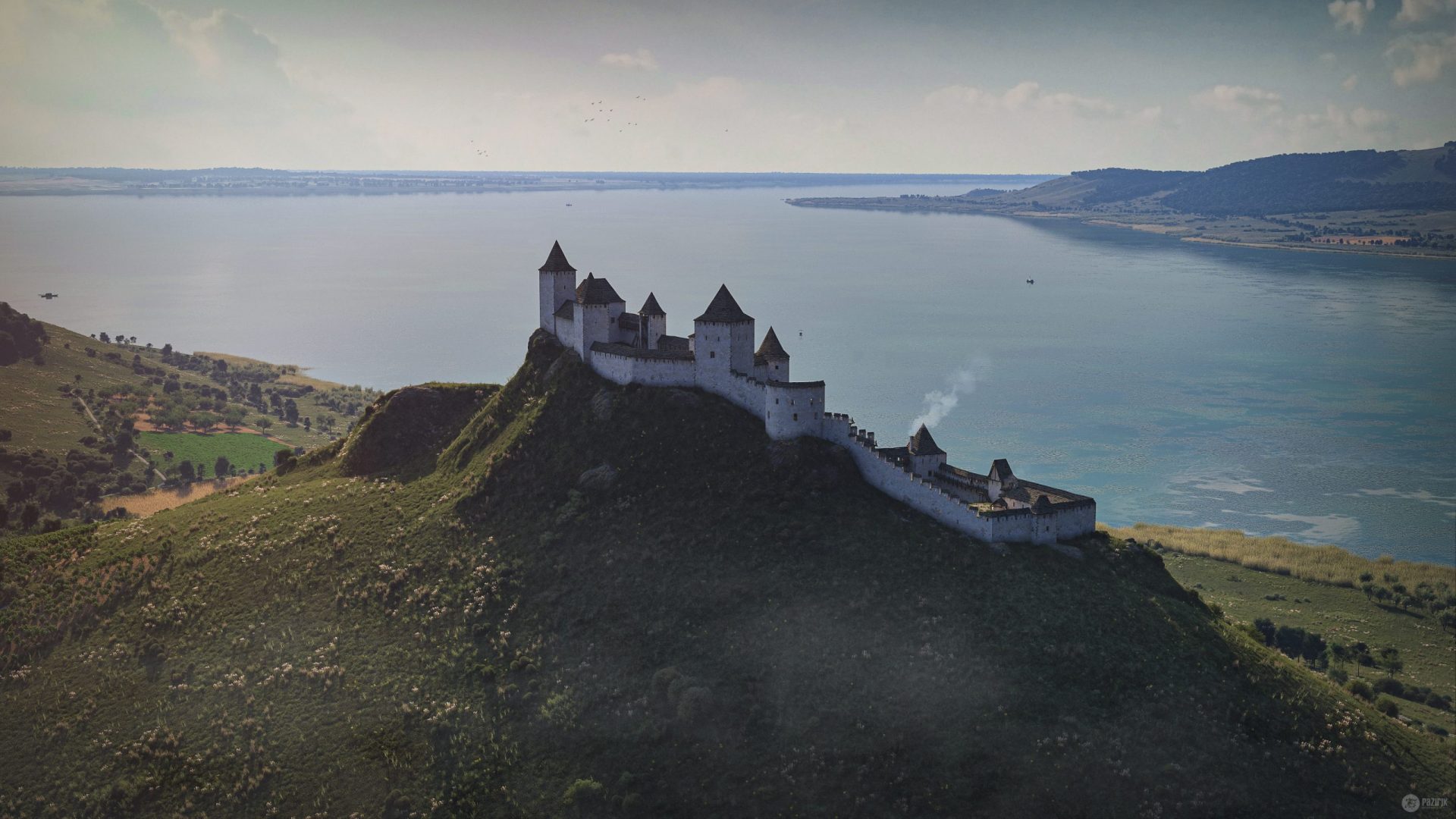
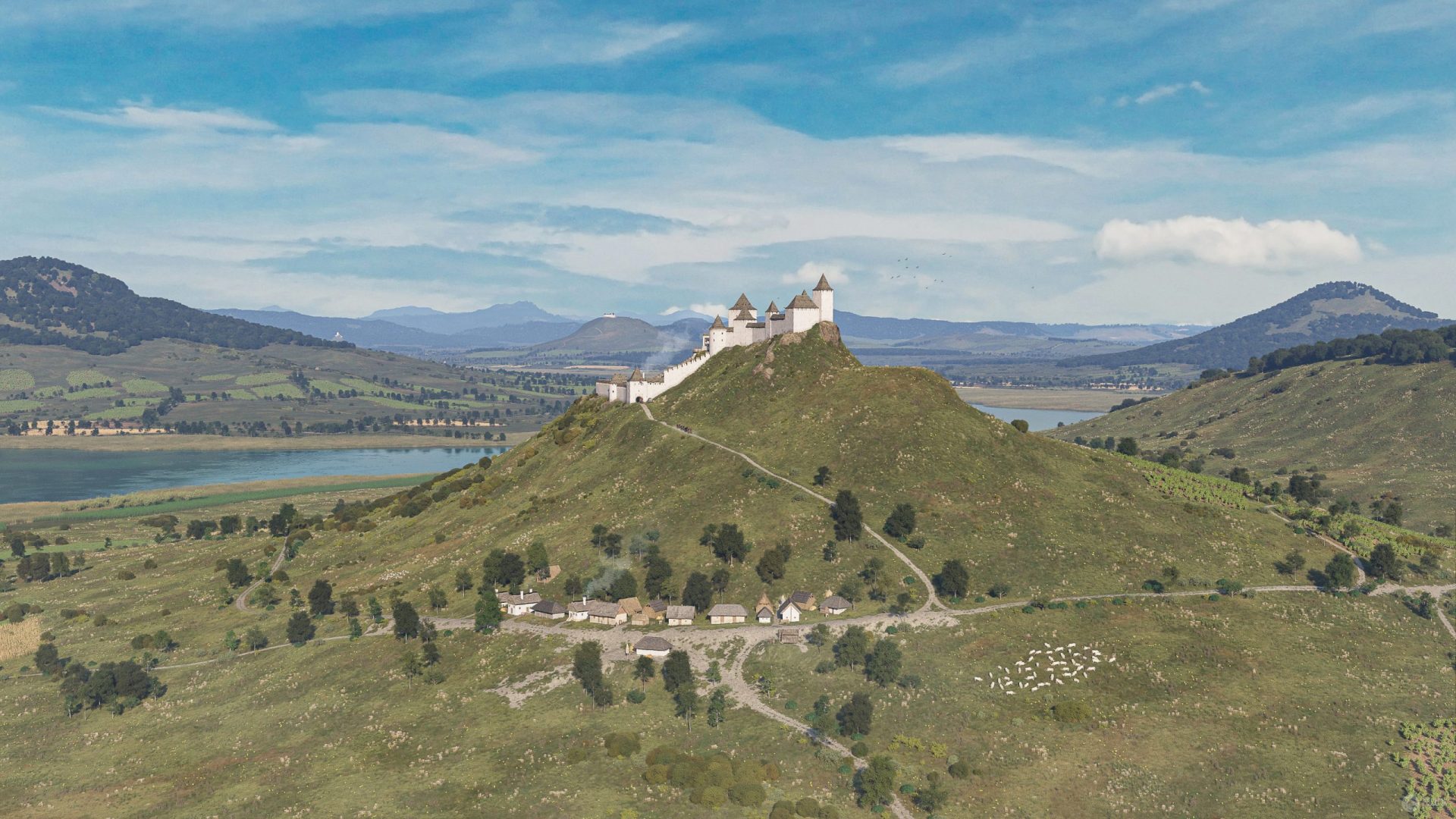
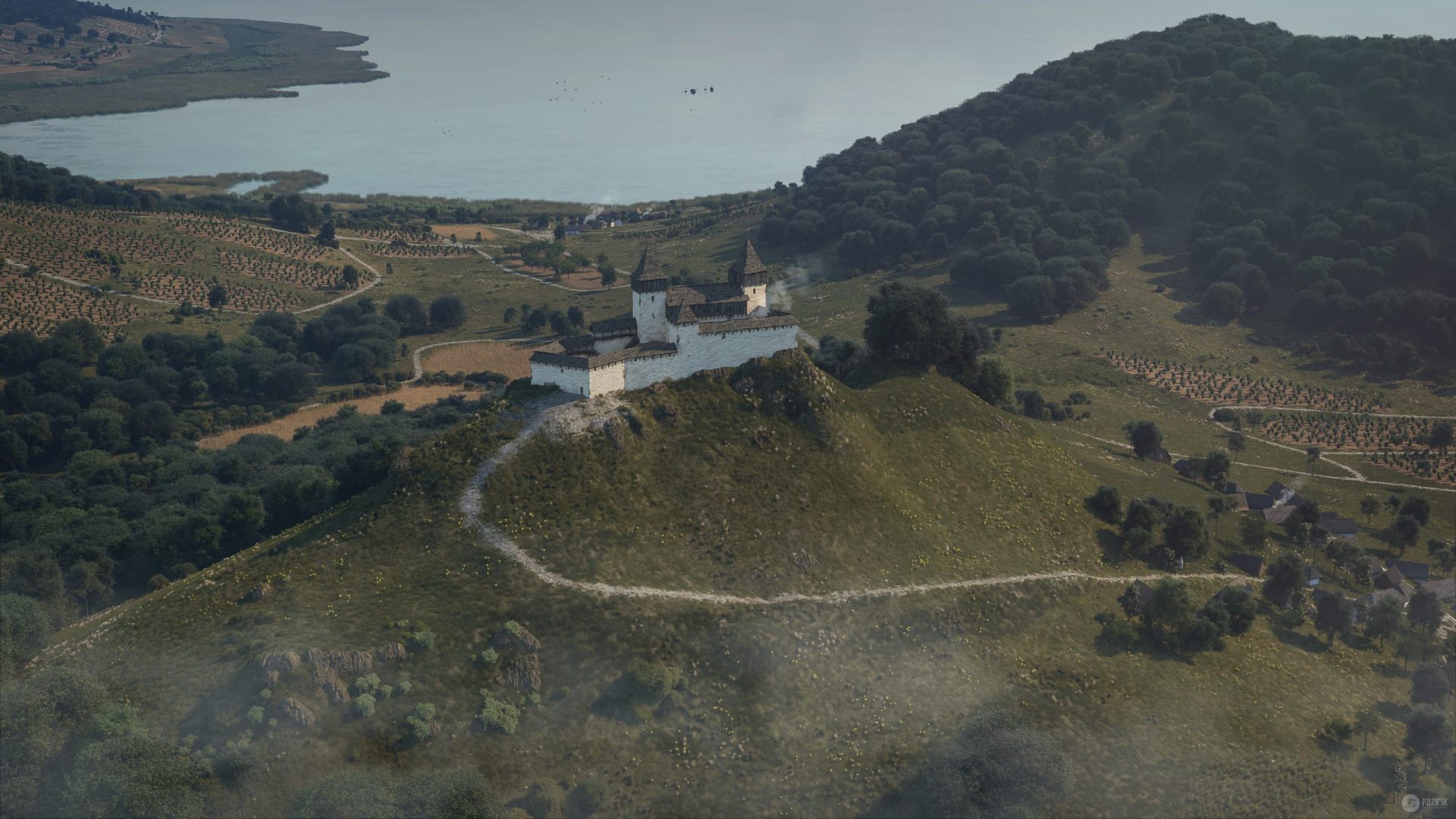

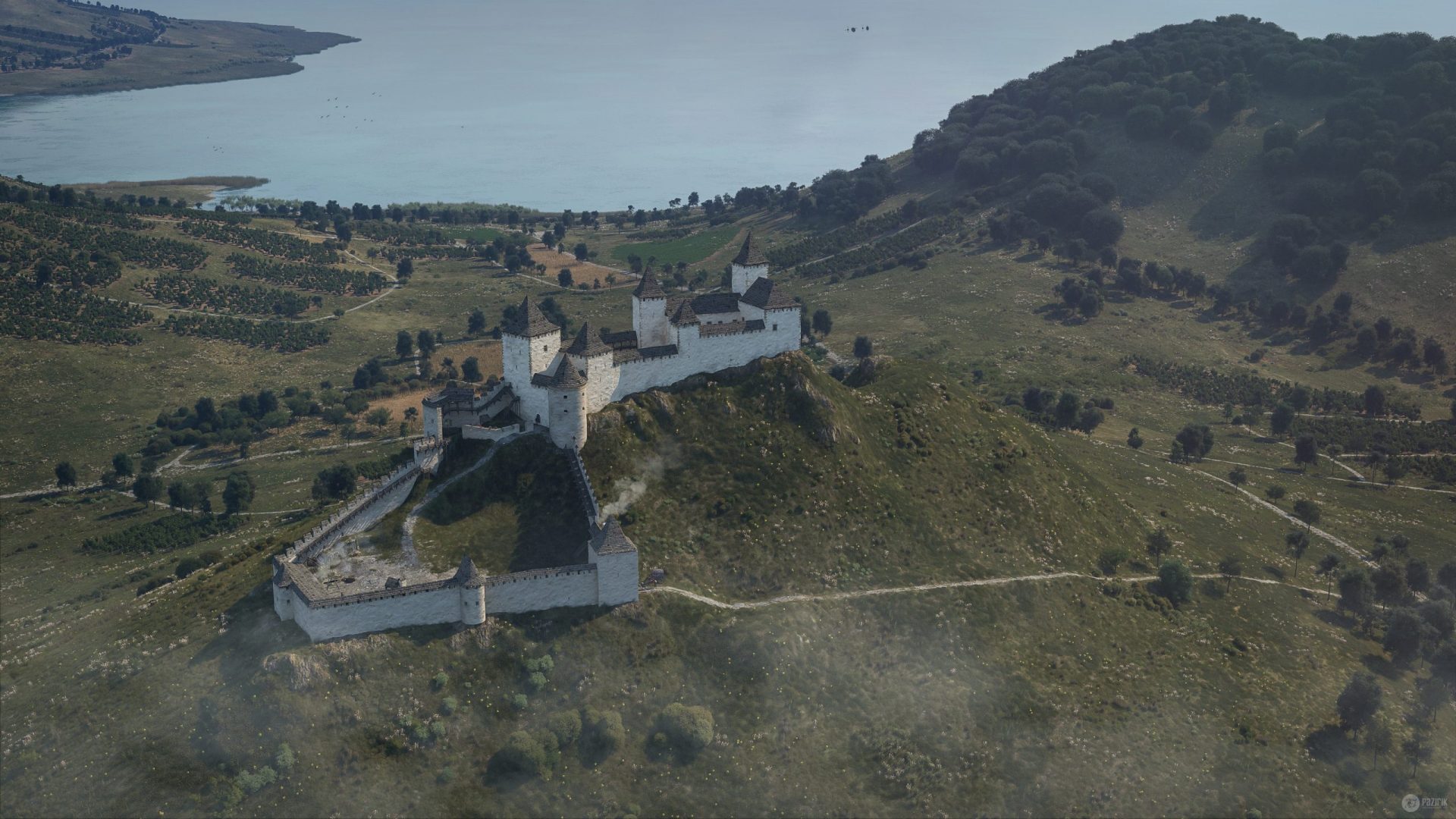
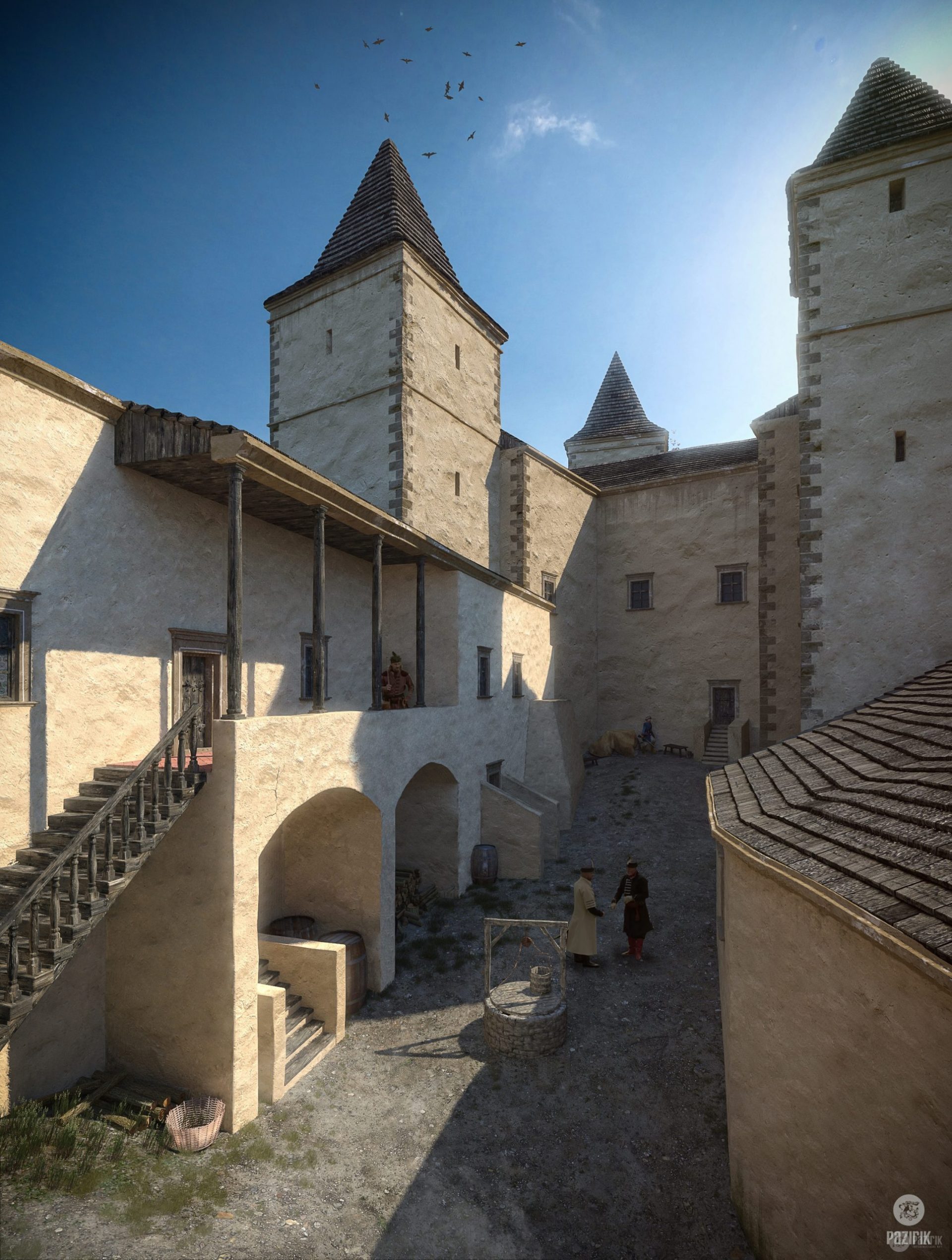
Szigliget castle
The story of the castle begins in the first half of the 13th century, when Szigliget was added to Kalian’s hands (bailiff of Zala), then was returned to the King, who donated it along with the land-agency of Zala to his son King István Jr. in 1259. However, a year later new owner reigned in Szigliget. After the terrible devastation of the Mongol invasion Béla IV. decided to build up stone castles across the country, since only they could ward off the power of a similar attack. However, the castle was much smaller than the ruins that are visible today, as in later centuries it was expanded to its present size. Local quarries, lime burners, masons, the craftsmen and serfs living in the neighboring Benedictine estates must have greatly contributed to the rapid building of the castle. The royal property, the Castle of Szigliget was occupied by Peter III from Héder genus, bishop of Veszprém between 1275-1289. In 1344 King Lajos the Great donated the castle and estates to István, son of Lőrinc from genus of Bulcsu Csanád bishop. In 1348 the tenures of the castle passed to Móriczhidai-family. After then the castle and its estates were in Móriczhidai-family’s hands for almost a hundred years. It is likely that the construction of the inner castle happened during these times. In 1526, despite the protests of the abbot of Pannonhalma, King Lajos II donated the castle and its estates to Lasley Lengyel and his sons and it remained in the property of the family for centuries. Since the Lengyel family stood on John Szapolyai’s side, Ferdinand I confiscated the lord’s estates with the charge of treason and Szigliget was donated to Török Bálint from Enying. He built a new tower, several ramparts, cellars and a fountain as well. Following Imre Martonfalvay’s constructions the 16th century layout of Szigliget Castle was complete. The strategic importance of the castle increasingly dwindled with the decline of the Turkish power. The building gradually degrading into a ruinous state got its last blow when its destruction was accelerated by the implementation of Emperor Lipót’s Regulation issued in 1702 that it had to be blown up. Our animated movie can be seen at the site with 3D reconstructions of the castle.
The reconstruction was created along the research of Balázs Szőke, Zsófia Lukács and László Gere.
